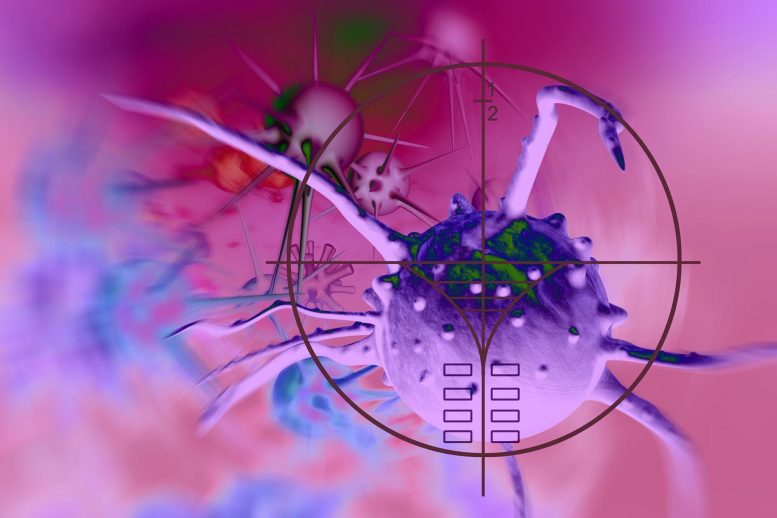
To find new ways to treat triple-negative breast cancer, researchers have differentiated cancer cells to convert them into less harmful cells that no longer divide.
Cancer cells are incredibly adaptable, much like stem cells. Researchers from the University of Basel have discovered substances that artificially mature breast cancer cells of the very aggressive triple-negative subtype and transform them into a state that is similar to normal cells.
Cancer occurs when cells grow uncontrollably and spread to other organs. Cancer cells are quite different from normal ones. Cancer cells are known for their remarkable adaptability to varied settings in the body as well as drug treatments. They resemble stem cells or cells at an early stage of development in this regard.
The prospect of artificially maturing (or, more accurately, differentiating) breast cancer cells as a strategy to transform them into a more normal kind of cell has been explored by researchers at the University of Basel and the University Hospital Basel.
Differentiation is a therapeutic strategy that has been used effectively in the treatment of blood-borne cancers but has not yet been used in solid tumors. However, a research team led by Professor Mohamed Bentires-Alj presents encouraging new findings in the journal Oncogene. A particularly aggressive kind of carcinoma known as triple-negative breast cancer was successfully treated by the researchers using differentiation.
“We show here that we can convert breast cancer cells to less harmful cells that stop growing,” says Bentires-Alj who is a group leader at the Department of Biomedicine.
The dual activity of the estrogen receptor
The hormone estrogen operates as a signaling molecule in cells by attaching to its cognate receptor, the estrogen receptor, inducing a wide range of biological effects. Cells that express the estrogen receptor in the normal breast are mature specialized breast cells that do not proliferate.
In contrast, in a fraction of breast cancers cells that express the estrogen receptor proliferate significantly. These breast cancers are called estrogen receptor-positive breast cancers and comprise about 75% of all breast cancer cases. Because they are susceptible to estrogen, they can be treated with anti-estrogenic therapies, which are highly effective in patients.
The triple-negative breast cancer subtype, however, is not susceptible to estrogens or anti-estrogens. This type of carcinoma occurs mainly in pre-menopausal women and often lacks effective treatment options. “Our initial idea was to induce estrogen receptor expression in order to convert triple-negative breast cancer into estrogen-receptor positive breast cancer because of more effective treatment options available for this subtype,” says the study’s lead author Dr. Milica Vulin.
In collaboration with Novartis, the research team tested more than 9500 compounds for their efficacy in reaching this goal. They found that the compounds showing the most promising results were inhibitors of an essential cell cycle protein called polo-like kinase 1 (PLK1). Inhibiting this protein resulted in the desired increased expression of the estrogen receptor. To the researchers’ surprise, this did not just convert the triple-negative breast cancer cells to a more manageable type of cancer cells. It converted them to cells that are similar to normal cells.
Implications for treatment
“Understanding the cellular and molecular mechanisms that define cancer and how these mechanisms differ from normal cells is crucial for developing new innovative therapies,” says Bentires-Alj. The results open a new avenue for treating triple-negative breast cancer. “The compounds used in this study are already in clinical trials to treat other cancer types, including blood-borne, lung, and pancreatic cancer,” the researcher continues. This underlines the possibility of testing these compounds in clinics and in treating breast cancer.
Especially in the era of immunotherapies, it has been suggested that “normal-like” cells can be cleared by the immune system while “cancerous” cells evade killing by immune cells. In the future, it remains to be determined if differentiation therapy can be combined with immunotherapies. “We are pursuing such strategies, and only time and resources are in our way to make further progress,” the researchers conclude.
Reference: “A high-throughput drug screen reveals means to differentiate triple-negative breast cancer” by Milica Vulin, Charly Jehanno, Atul Sethi, Ana Luísa Correia, Milan M. S. Obradović, Joana Pinto Couto, Marie-May Coissieux, Maren Diepenbruck, Bogdan-Tiberius Preca, Katrin Volkmann, Priska Auf der Maur, Alexander Schmidt, Simone Münst, Loïc Sauteur, Michal Kloc, Marta Palafox, Adrian Britschgi, Vincent Unterreiner, Olaf Galuba, Isabelle Claerr, Sandra Lopez-Romero, Giorgio G. Galli, Daniel Baeschlin, Ryoko Okamoto, Savas D. Soysal, Robert Mechera, Walter P. Weber, Thomas Radimerski and Mohamed Bentires-Alj, 25 August 2022, Oncogene.
DOI: 10.1038/s41388-022-02429-0

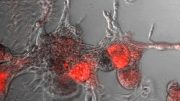
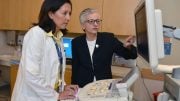
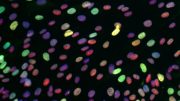
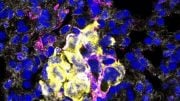
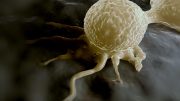
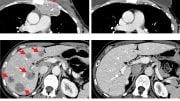
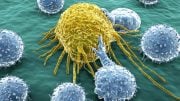
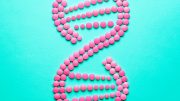
I am excited by any news of positive results in cancer research